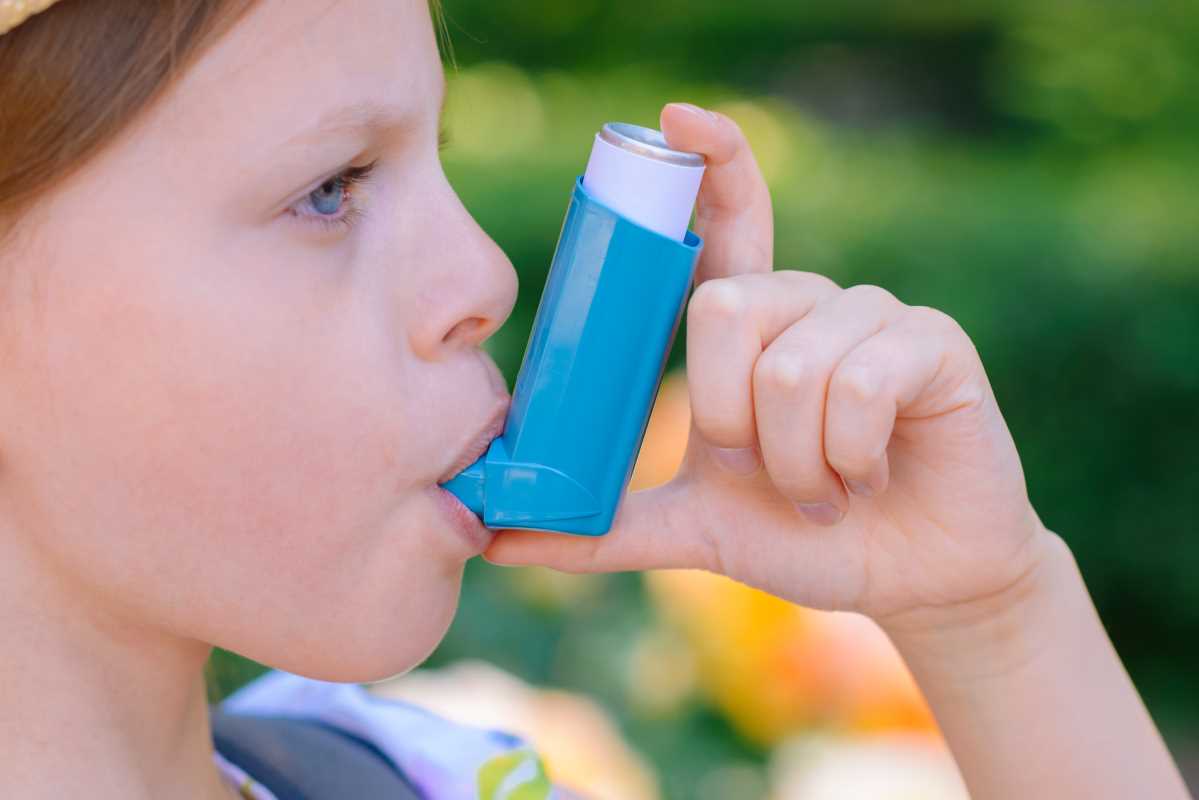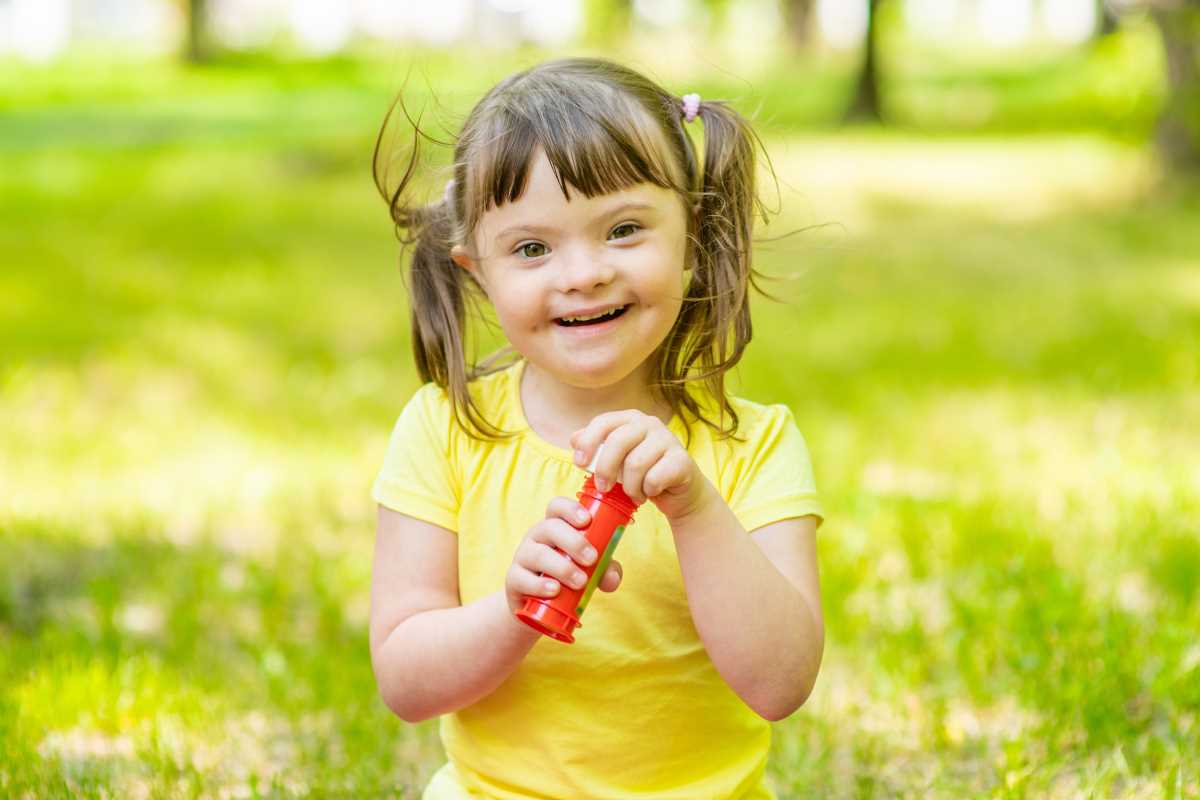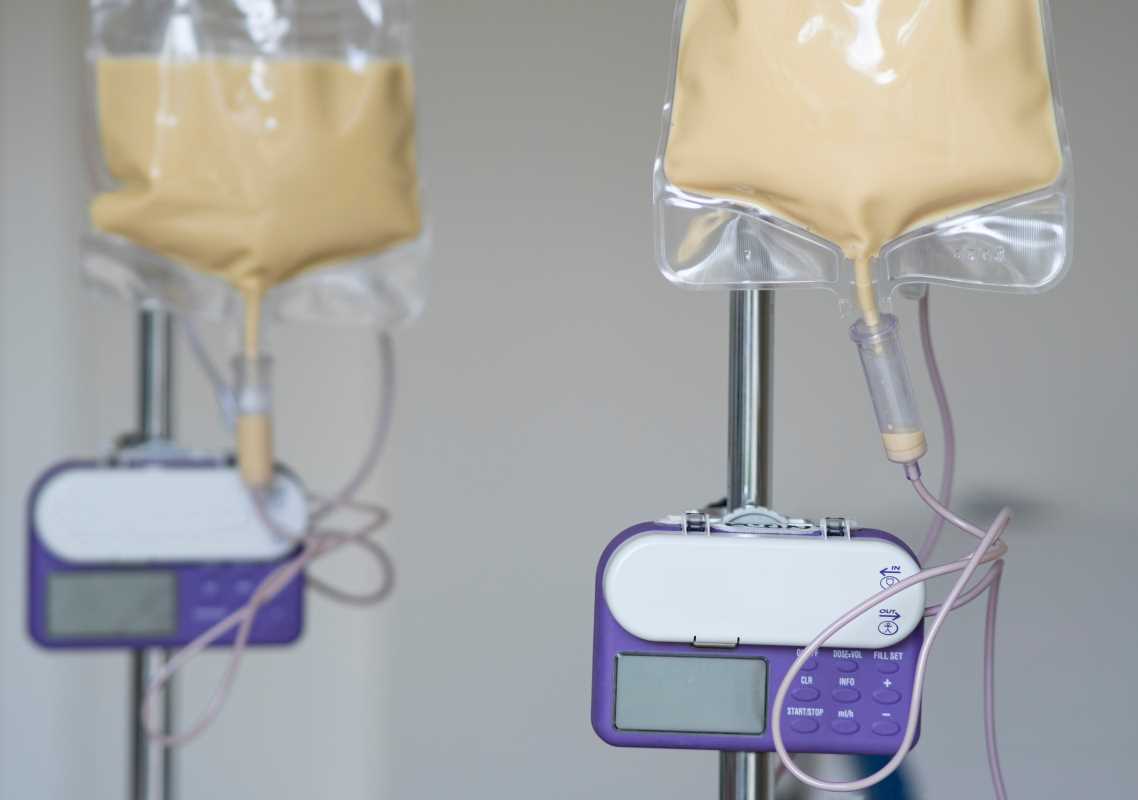Asthma can feel like a roadblock when it comes to keeping kids active, but it doesn’t have to be. For many children with asthma, physical activity can seem daunting because it sometimes triggers symptoms like shortness of breath or wheezing. At the same time, staying active is essential for a child’s overall health, and it can even strengthen their lungs and improve asthma control in the long run.
Whether your child is managing mild asthma or a more severe form, you don’t have to choose between their health and an active lifestyle. With the right strategies, planning, and support, kids with asthma can enjoy playing sports, running around with friends, and exploring all the joys of movement. This article offers practical tips and insights to help children with asthma stay active while managing their condition effectively.
How Asthma and Physical Activity Work Together
Asthma is a chronic condition that affects the airways in the lungs, making them swollen, sensitive, and at times, constricted. When triggered, it can lead to symptoms like coughing, wheezing, chest tightness, or difficulty breathing. However, it’s important to note that asthma doesn’t affect every child in the same way.
Asthma and Exercise
For some children, physical activity can trigger asthma symptoms, a condition known as exercise-induced bronchoconstriction (EIB). This can happen when breathing cold, dry air during physical exertion, or when engaging in intense activities that put strain on the lungs. However, with preventative measures and proper asthma management, most children with asthma can participate in physical activities and even excel in sports.
The Benefits of Staying Active
Regular exercise is essential for all children, including those with asthma. Benefits include:
- Improved lung function: Regular movement can strengthen the muscles used in breathing, which can enhance overall lung health.
- Better asthma management: Being active can reduce asthma symptoms over time by improving the efficiency of the cardiovascular and respiratory systems.
- Mental health boost: Exercise releases endorphins, which can help reduce stress and improve your child’s mood.
- Social development: Joining a team or group activity encourages kids to build friendships while developing collaborative skills.
The key is finding the right activities and ensuring that asthma is well-controlled before jumping into action.
Talk to Your Doctor First
Before starting or increasing activity levels, it’s essential to consult your child’s doctor or asthma specialist. They can assess whether your child’s asthma is well-controlled and provide guidance on what activities may be appropriate. This is also a good opportunity to develop or adjust your child’s asthma action plan.
Asthma Action Plan
An asthma action plan is a written guide that outlines how to manage your child’s symptoms day by day, as well as what to do during a flare-up. It typically includes:
- Medication schedules (including preventive and rescue inhalers)
- Instructions for monitoring symptoms
- Steps to take if asthma symptoms worsen during physical activity
Having this plan in place ensures that both you and your child are prepared for any situation.
Picking the Right Activities
Not all physical activities are created equal when it comes to children with asthma. While some sports or exercises may pose a higher risk of triggering symptoms, others are more asthma-friendly. The best activities for your child depend on the severity and triggers of their asthma, as well as their personal preferences.
Asthma-Friendly Activities
Here are some activities that tend to work well for kids with asthma:
- Swimming: The warm, humid air around pools reduces strain on the airways, and swimming is great for building lung capacity.
- Walking or hiking: These low-intensity options allow kids to build endurance without overexertion.
- Cycling: Riding a bike at a moderate pace is a fun cardio workout that doesn’t overwhelm the lungs.
- Teams sports with breaks: Games like baseball, volleyball, or gymnastics involve short bursts of activity with rest periods in between.
Activities Requiring Caution
While all kids are different, some activities are more likely to trigger asthma symptoms. These include long-distance running, high-intensity interval training, or outdoor sports like soccer during pollen-heavy seasons. That doesn’t mean they’re off-limits, but they may require additional preparation or modifications.
Preparing for Physical Activity
Preparation is crucial for helping your child participate freely in sports or playtime without fear of an asthma attack. Here are some tips to set them up for success:
Use Preventive Medication
If your child has exercise-induced asthma, their doctor might recommend using a quick-relief inhaler (like albuterol) 15–20 minutes before physical activity. Preventive medications can help keep the airways open and reduce the risk of symptoms during playtime.
Warm Up and Cool Down
Encourage your child to gradually ease into exercise with a proper warm-up routine. This helps their body adjust to the activity and minimizes sudden strain on the airways. Similarly, a cool-down session at the end helps the body return to a restful state.
Monitor Environmental Triggers
Environmental factors like pollen, cold air, or air pollution can worsen asthma symptoms during exercise. Check weather conditions before heading outdoors, and consider switching to indoor activities on days when these triggers are present. If cold air is unavoidable, have your child wear a scarf or mask over their mouth to warm up the air as they breathe.
Keep Water Handy
Dehydration can contribute to airway constriction, so make sure your child drinks water before, during, and after activity.
Managing Asthma During Activities
Even with preparation, symptoms can sometimes arise. Teaching your child how to manage their asthma during exercise is an important part of helping them build confidence.
Recognizing Symptoms Early
Teach your child to be aware of their body and to recognize warning signs like shortness of breath, chest tightness, or excessive coughing. If symptoms start, they should stop the activity immediately and use their rescue inhaler, per their asthma action plan.
Build in Rest Breaks
Encourage activities that allow for short rest periods. If symptoms begin to surface, taking a quick break can often prevent them from worsening.
Communication Is Key
If your child is participating in team sports, inform the coach or instructor about their asthma. Make sure they know what to do in case of an emergency and have access to your child’s inhaler if needed.
Encouraging a Positive Mindset
Asthma can sometimes make kids feel different from their peers, which might discourage them from participating in sports or outdoor play. As a caregiver, you can help them build confidence by emphasizing their strengths and celebrating their achievements, no matter how small.
- Talk openly about asthma: Normalize the condition and explain that with the right tools, they can be just as active as other kids.
- Focus on fun: Remind your child that staying active isn’t about competition; it’s about enjoying movement and feeling good in their body.
- Cheer them on: Whether it’s completing a lap around the field or hitting the pool on a tough day, every effort deserves encouragement.
 (Image via
(Image via





